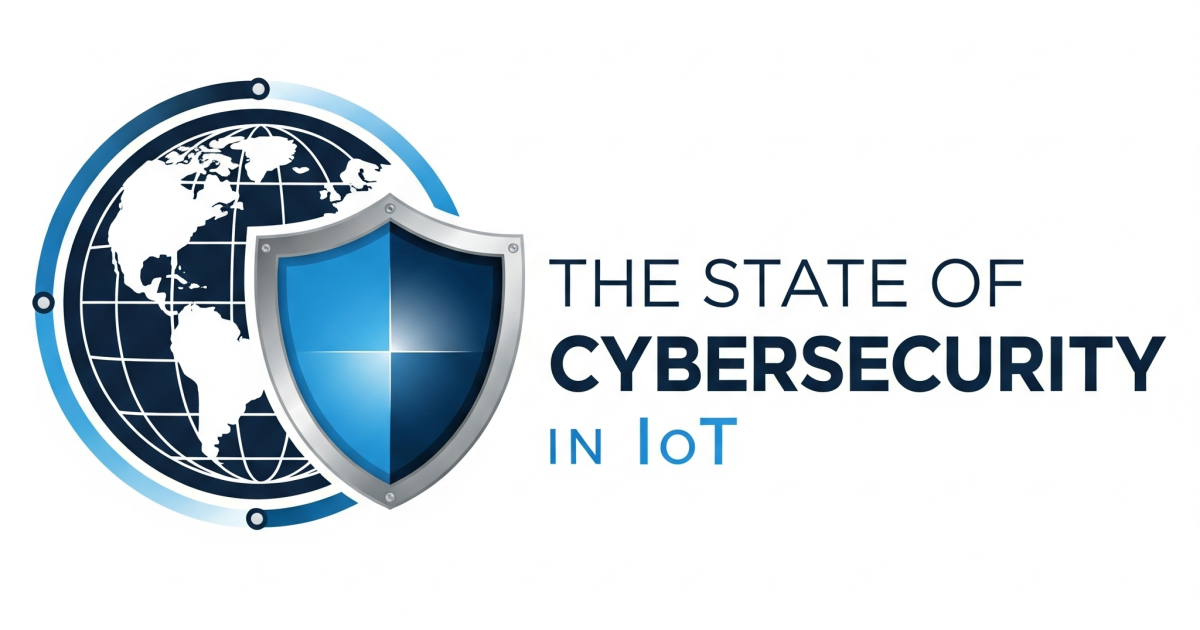
Our technologies are changing faster than ever. (In fact, I’d bet that a novel AI use case was inspired in the time it’s taken you to read these two sentences.) So, given real-time dynamic shifts in the technology landscape, companies like Omdia look to capitalize on the future.
Formed in 2020 (by unifying the depth of expertise from Informa Tech’s legacy brands; Ovum, HIS Markit Technology, Tractica and Heavy Reading), the Omdia team in 2023 is empowered to help organizations make better technology choices (and understanding the markets they hope to serve better, too). Whether it’s in the form of market research or go-to-market advice and services, consulting or custom reports, Omdia’s reach (i.e. a total of 400 expert analysts globally) covers powerful data, tools, and strategies needed to tackle the digital economy.
And speaking of the digital economy and enterprises’ digital transformations therein, a sea of IoT deployments continue to play vital roles, yielding benefits ranging from cost savings and productivity gains to major Internet of Things innovations and completing major steps on the road to environmental sustainability. As a result of all this, spending on IoT solutions has increased broadly.
So, that’s precisely what Omdia’s latest IoT Enterprise Survey studied.
Here are its key takeaways:
- Enterprises are currently deploying – or are en process, in terms of rollout – tons of IoT solutions worldwide. 95% of Omdia’s respondents stated that they expect to see substantially measurable benefits within approximately two years of their deployments.
- While LTE remains popular in the connectivity world, “more than 70% of enterprises are planning to seize more in 5G.” Meanwhile, FWA and eSIM/iSIM technologies have been adopted by nearly 90% of enterprises over the next two years, Omdia said. (This will enable better cost management, allowing enterprise leaders to maybe renegotiate future connectivity tariffs.)
- Omdia also noted that its survey “suggests positive growth for IoT solutions” and proposes that “there will be a positive knock-on effect for players across the IoT value chain.” That said, this’ll surely come with increased competition; given how reliant businesses often are on vendors and partners (i.e. legacy or relatively new ones), the success of IoT deployments will go to players that harness truly diverse skillsets and attractive selling points. Omdia even reported that enterprises cited “internally obtaining the relevant resources and skillsets as a major hurdle,” so the opportunities are red-hot at the present moment.
“Our IoT Enterprise Survey suggests that there are multitudes of opportunities, ranging from hardware and software, to connectivity and services and more. However, security remains at the forefront of enterprise concerns and vendors must be able to not only offer secure products and services, but also be able to effectively integrate into broader solutions. Vendors that fail to deliver secure solutions will find themselves locked out of this growing market,” stated Andrew Brown, IoT Practice Lead at Omdia.
Edited by
Greg Tavarez





